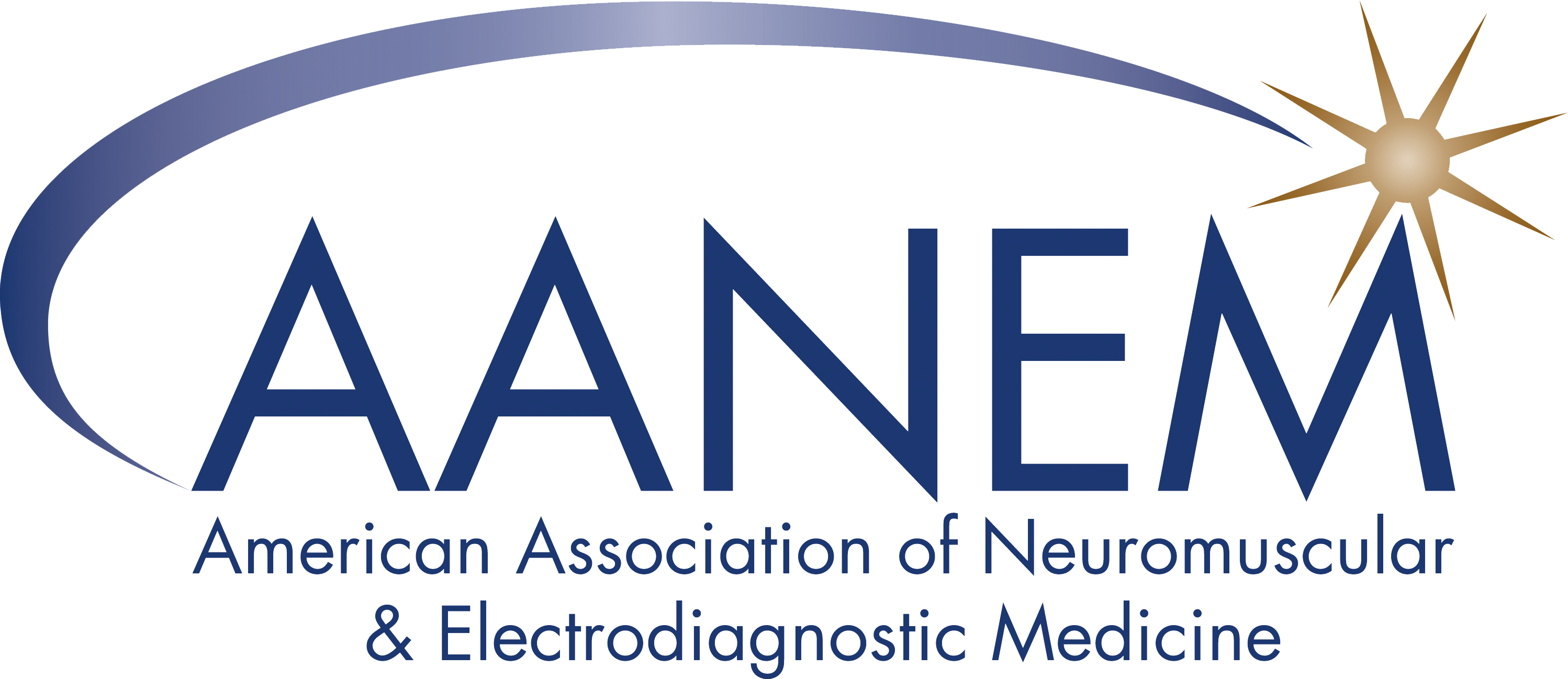Science News: Study Exposes Gaps in Nerve Pain Treatments
Published August 21, 2025
Science News
Submitted by: Elena Shanina, MD, PhD
Edited by: Oksana Sayko, MD
Citation: Soliman, N., Moisset, X., Ferraro, M. C., de Andrade, D. C., Baron, R., Belton, J., Bennett, D. L. H., Calvo, M., Dougherty, P., Gilron, I., Hietaharju, A. J., Hosomi, K., Kamerman, P. R., Kemp, H., Enax-Krumova, E. K., McNicol, E., Price, T. J., Raja, S. N., Rice, A. S. C., Smith, B. H., NeuPSIG Review Update Study Group (2025). Pharmacotherapy and non-invasive neuromodulation for neuropathic pain: a systematic review and meta-analysis. The Lancet. Neurology, 24(5), 413–428. https://doi.org/10.1016/S1474-4422(25)00068-7
Summary:
This systematic review and meta-analysis aimed to update recommendations of the Special Interest Group on Neuropathic Pain (NeuPSIG) of the International Association for the Study of Pain (IASP) published in 2015. Search was conducted in PubMed, EMBASE, Clinical Trials.gov, and the International Clinical Trials Registry Platform, without language restriction.
The study included 313 randomized, double-blind, placebo-controlled, or sham-controlled clinical trials (284 pharmacological and 29 neuromodulation) from 2013 to 2024. Selection criteria included a treatment duration of at least 3 weeks, a minimum 3-week follow-up period, a sample size of at least 10 participants, and patients with neuropathic pain, as defined by the International Association for the Study of Pain (excluded trials with mixed neuropathic and non-neuropathic pain). A total of 48,789 participants were randomized across these studies. The authors used the GRADE tool to assess the certainty of evidence. Pharmacological studies included 84 different medications.
This study continues to recommend tricyclic antidepressants (TCAs), serotonin-norepinephrine reuptake inhibitors (SNRIs), and α2δ-ligands (gabapentinoids) as first-line treatments for neuropathic pain, given the absence of evidence favoring one over the others in head-to-head trials. However, it acknowledges the increased risk of adverse effects associated with TCAs in older adults, as well as a heightened risk of drug-related mortality in individuals concurrently using opioids and α2δ-ligands, particularly pregabalin.
As second-line options, authors recommend topical treatments for localized peripheral neuropathic pain. While their overall effectiveness is modest, capsaicin 8% patches (moderate-certainty evidence), lidocaine 5% plasters, and capsaicin cream (both with low-certainty evidence) are generally well tolerated and have favorable safety profiles.
Botulinum toxin type A is recommended as a third-line treatment. This recommendation reflects a balance between its moderate-certainty evidence, notable effect size, and favorable safety profile, against limitations such as the small scale of supporting trials, primarily in refractory peripheral neuropathic pain, and its limited accessibility.
Given the ongoing opioid crisis, the use of all opioids, including the weak opioid agonist tramadol, should be limited to third-line treatment for neuropathic pain in patients who have not responded to other reasonable therapies.
Cannabinoids received a weak recommendation against their use, due to lack of efficacy. Other pharmacological treatments yielded inconclusive recommendations overall, though some are effective for specific neuropathic pain conditions. For instance, carbamazepine and oxcarbazepine are recommended as first-line therapies for trigeminal neuralgia, while mexiletine is commonly used in the management of erythromelalgia.
While combination therapy is a key strategy in pain management, often guided by clinical judgment, such as adding a second agent with a different mechanism after a partial response, current evidence remains insufficient to support any specific regimen. Further research is needed to guide clinical practice.
High-frequency repetitive transcranial magnetic stimulation (rTMS) targeting the motor cortex (M1) has shown efficacy in treating neuropathic pain, unlike other cortical targets or lower-frequency protocols, while evidence for transcranial direct current stimulation (tDCS) remains inconclusive. Despite M1-rTMS demonstrating a greater effect size than many pharmacological treatments, it is considered a third-line option due to low certainty of evidence, restricted accessibility, and high costs. In contrast, spinal cord stimulation (SCS), though increasingly used and endorsed by clinical guidelines in the EU, UK, and USA, is supported by only one sham-controlled trial. A recent systematic review and meta-analysis concluded that the evidence for SCS’s effectiveness in reducing pain intensity is of very low certainty. This underscores the urgent need for large-scale, double-blind, sham-controlled trials to rigorously assess the clinical efficacy and safety of SCS in comparison with other interventions.
Comments:
These revised NeuPSIG recommendations for the first time included evaluation of both pharmacological and neuromodulation treatment of neuropathic pain. They are based on the quality of available evidence and expert consensus, with representation from 13 countries and all continents. This study underscores the limited effectiveness of many pharmacological treatments for neuropathic pain. Heterogeneity of underlying mechanisms and patient characteristics in clinical trials likely play important role. As neuromodulation techniques emerge as potential alternatives, a pressing need remains for larger, sham-controlled studies to clarify their long-term efficacy and safety.
Articles of similar interest:
Finnerup, N. B., Attal, N., Haroutounian, S., McNicol, E., Baron, R., Dworkin, R. H., Gilron, I., Haanpää, M., Hansson, P., Jensen, T. S., Kamerman, P. R., Lund, K., Moore, A., Raja, S. N., Rice, A. S., Rowbotham, M., Sena, E., Siddall, P., Smith, B. H., & Wallace, M. (2015). Pharmacotherapy for neuropathic pain in adults: a systematic review and meta-analysis. The Lancet. Neurology, 14(2), 162–173. https://doi.org/10.1016/S1474-4422(14)70251-0
Price, R., Smith, D., Franklin, G., Gronseth, G., Pignone, M., David, W. S., Armon, C., Perkins, B. A., Bril, V., Rae-Grant, A., Halperin, J., Licking, N., O'Brien, M. D., Wessels, S. R., MacGregor, L. C., Fink, K., Harkless, L. B., Colbert, L., & Callaghan, B. C. (2022). Oral and Topical Treatment of Painful Diabetic Polyneuropathy: Practice Guideline Update Summary: Report of the AAN Guideline Subcommittee. Neurology, 98(1), 31–43. https://doi.org/10.1212/WNL.0000000000013038
